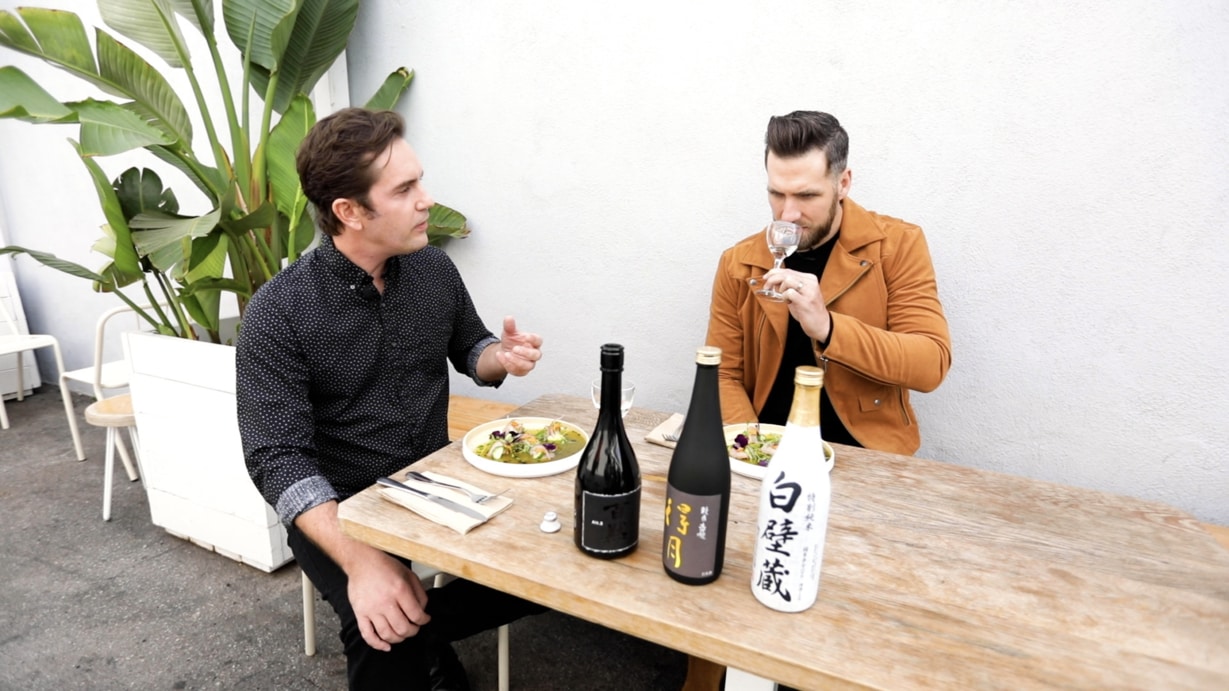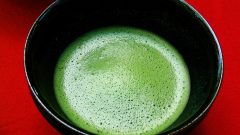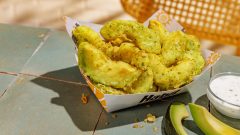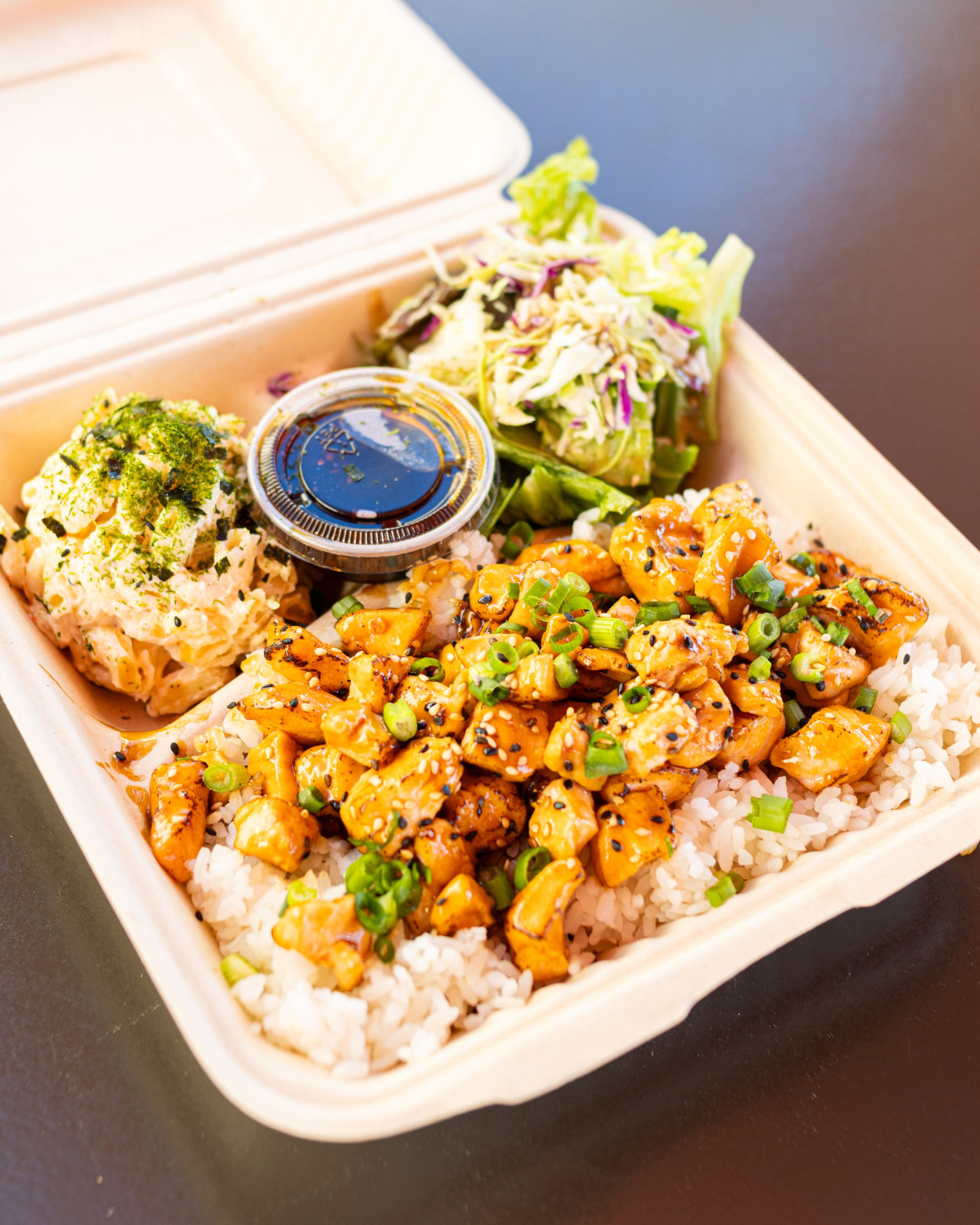How Different Types Of Sake Affect The Umami Taste In Fish

Sake has to be one of the most versatile alcoholic beverages in the world. With all of the different types and flavors available, the options in your grasp when it comes to picking a sake are almost endless.
One thing they all have in common, however, is their synergy with seafood when it comes to umami. Research has shown that sake is much better at enhancing the sensation of umami in our mouths when compared to other alcoholic beverages like white wine.
This is because sake contains an umami compound called glutamic acid that can interact with the umami compound in seafood, called inosinic acid. The two react on our taste buds to boost the effects of umami, and sake plays a large part in supplying the glutamic acid for that burst of flavor.

Foodbeast and Instagrammer George LaBoda @atlasandmason got to try this out firsthand while visiting Hermanito, a restaurant in Los Angeles, California. There, he met up with sake sommelier Bryan West to sample three different sakes with Hermanito’s Hamachi and Uni Agua Chili Sunomo. Each of the sakes had different properties that affected LaBoda’s perception of umami.

One of the properties discussed was the ability to blend sakes, which was the case for the bottle of Hyaku Moku Alt. 3 from Kiku-Masamune Sake Brewing they started with. This blend of Junmai Daiginjo and Junmai Ginjo has a collection of fruity aromas to it. LaBoda also noted that the sake and seafood together opened up flavors he couldn’t perceive with just the dish on its own.

Another property of sake the pair dove into dealt with the polishing of rice. A higher degree of rice polishing doesn’t necessarily translate to a higher quality of sake. Instead, it refers to the amount of protein left, which means that something less polished has more protein available to create a unique range of umami flavors.

In comparing the final two sakes, a Tokugetsu Junmai Daiginjo from ASAHI-SHUZO SAKE BREWING and a Shirakabegura Tokubetsu Junmai from Shirakabegura Brewery, that difference was made clear. The Asahi-Shuzo sake was a lot more balanced, and even provided a cooling effect, lending itself to the fish. On the other hand, the full, rounded, and savory flavors of the Shirakabegura sake lent to the vegetables, creating unique experiences for both sakes from the same dish.

None of the above necessarily has to be the “ideal” or “correct” pairing for a dish. If anything, the different qualities of the sakes show that each can provide a unique experience to the meal. However, the one commonality they do have is that synergy when it comes to umami.

Hermanito’s Hamachi and Uni Agua Chili Sunomo will be available, with the Hyaku Moku Alt. 3 sake to pair with, through the month of December as part of the Unlock Your Palate campaign by JFOODO.
You can learn more about the relationship between sake and seafood, as well as other restaurants featuring it, through JFOODO’s website, or by following the hashtags #UnlockYourPalate and #SeafoodAndSake.
Created in partnership with JFOODO.






















